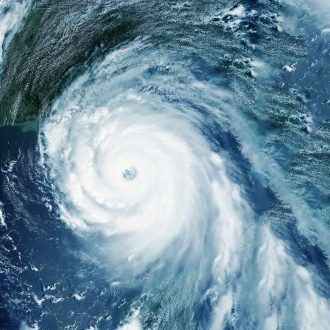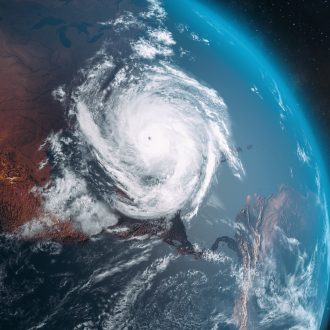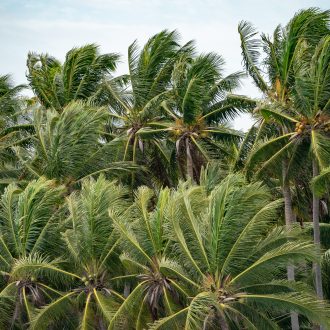
lorida is particularly prone to tropical weather systems because it is surrounded on three sides by relatively warm water during the later months of the year. The part of the year between June 1st and November 30th is considered the “Hurricane Season”. We are now moving into what is considered the busiest time of year for tropical storms and hurricanes in Florida, so we are taking this opportunity to shed some light on how hurricanes are made.
First, a “disturbance” moves west off of northern Africa. These disturbances are strong winds produced when the very hot, dry air of the Sahara Desert meet the cooler, humid air of the Gulf of Guinea. Next, additional moisture from the Atlantic Ocean rises and joins the disturbance. The humid air can only aid in the formation of a tropical storm if the surface water is 82 degrees Fahrenheit or greater. The last ingredient the storm needs is rotating winds to form the text-book cyclone clouds.
One of the most incredible traits of a hurricane is how it continues to gather strength while over warm waters. The storm gains intensity, not from the rising warm air, but from the rainfall it inevitably drops back down to Earth! When the water in the humid air condenses into clouds (and eventually rain), it releases additional heat, in turn warming the eye of the storm and starting the process over again. The more a hurricane rains over water, the warmer the eye of the storm gets, promoting even more evaporation from the ocean’s surface.
Thankfully we have the National Hurricane Center (NHC), located on the Florida International University campus in Miami, which monitors weather conditions that lead to the creation of these incredibly powerful storms well in advance of them making landfall. The NHC collaborates with NASA and weather centers around the world to model storms with complicated computer programs. By issuing warnings, forecasts, and analyses, the NHC tries to accomplish its mission to “save lives, mitigate property loss, and improve economic efficiency” during these extreme weather events.
With Hurricane Irma quickly approaching, be sure to look at our previous posts on how to best prepare your construction sites for an for a hurricane here and here.



